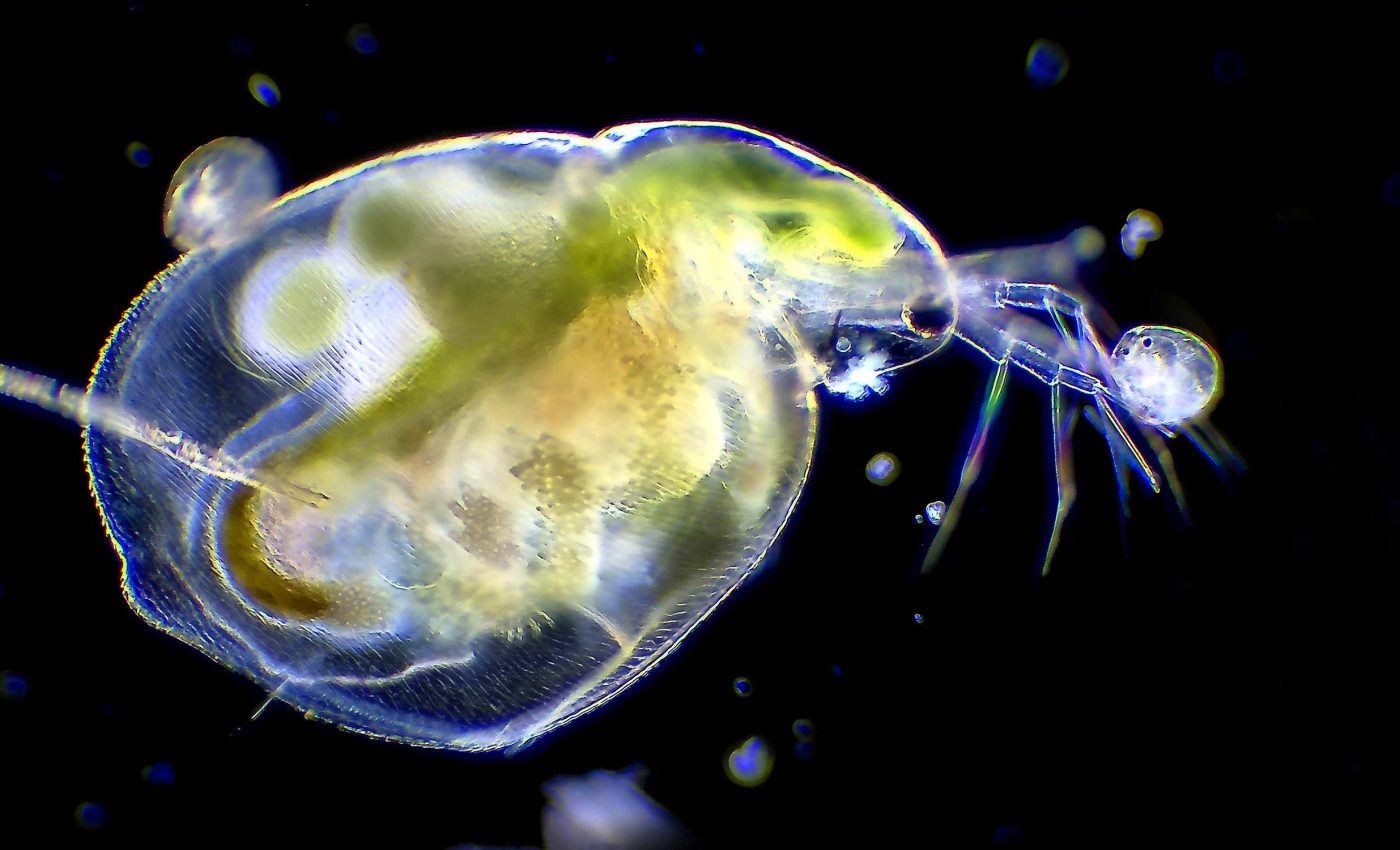
Life's rules of natural selection change significantly and very often
For centuries, the seemingly stable world of zooplankton, specifically the water flea, Daphnia pulex, has captivated biologists interested in natural selection.
These minute yet fascinating crustaceans, often invisible to the naked eye, play a critical and multifaceted role in aquatic ecosystems.
They are a primary food source for many fish species. They also help regulate the populations of algae and other microorganisms. This regulation maintains the delicate balance of their habitats.
A recent study has reaffirmed the ecological significance of our environment. It offers a unique perspective on the mystery of evolution.
This research provides new insights into the intricate mechanisms behind genetic adaptation and also sheds light on the importance of biodiversity.
Daphnia’s genetic secrets
This groundbreaking research, conducted over a decade, involved scientists from Arizona State University (ASU), Central China Normal University, and the University of Notre Dame.
The team analyzed DNA samples from nearly 1,000 Daphnia, aiming to understand the dynamics of natural selection in this species.
Fluctuating force of natural selection
The researchers made a very significant discovery. The strength of natural selection on individual genes fluctuates drastically from year to year, even in seemingly constant environments.
This surprising and dynamic oscillation could be key for better adaptation to changing environments. It allows populations to stay flexible and responsive. Over time, this helps them cope with varying selective pressures.
Such insights deepen our understanding of evolutionary processes. They highlight the complex interplay between genetics and environmental factors.
“Even in seemingly constant environments, we detected profound fluctuations in the frequency of gene variants at specific chromosomal regions over time,” explains Michael Lynch, the lead author of the study and director of the Biodesign Center for Mechanisms of Evolution at ASU.
Rethinking natural selection
These findings challenge the conventional belief. Analyzing genetic diversity and divergence does not easily reveal how natural selection operates. The evidence suggests a more complex relationship than previously understood.
Instead, natural selection appears to function with a higher level of subtlety and complexity than previously acknowledged.
The study revealed that most genetic sites experience varying selection, with an average effect close to zero, indicating little consistent selection pressure over different times.
This fluctuation in genetic variation allows populations to remain highly adaptable to environmental changes.
Gene variants, also known as alleles, are different versions of the same gene that can result in different traits.
Furthermore, the research showed that genes located near each other on chromosomes tend to evolve in a coordinated manner.
This linkage allows for beneficial combinations of gene variants to be inherited together, potentially accelerating the adaptation process.
From water fleas to ecosystem resilience
Understanding how Daphnia evolve through natural selection offers valuable insights. It reveals the resilience of entire ecosystems.
This knowledge could help us predict the impacts of environmental changes. It can also aid in mitigating effects on biodiversity and food webs.
By examining the genetic variations and adaptations of these tiny crustaceans, scientists can better grasp the underlying mechanisms that enable ecosystems to endure and thrive amidst shifting environmental conditions.
“This study has, for the first time, given us a glimpse into the kinds of temporal changes in gene frequencies that occur even in seemingly constant environments, a sort of ongoing churn of genetic variation distributed across the genome,” Lynch states.
This research is crucial for predicting how species might adapt to changing environments, including those caused by climate change.
Harnessing Daphnia insights for modern environmental challenges
This groundbreaking research on Daphnia pulex not only enhances our understanding of evolution but also has far-reaching potential applications in various fields, ranging from conservation biology to climate change adaptation strategies.
We are facing unprecedented environmental challenges. Habitat loss, pollution, and global warming are major issues. Understanding nature’s remarkable ability to adapt and be resilient is more important than ever.
This study reveals important insights about genetic variability and natural selection. These findings provide a strong foundation for new methods in biodiversity conservation. They also pave the way for improved ecosystem management.
By deepening our understanding of evolutionary dynamics, we can anticipate environmental stressors more effectively.
This knowledge helps us mitigate their impacts. Ultimately, it contributes to the health and stability of our planet’s ecosystems.
The full study was published in the journal Proceedings of the National Academy of Sciences.
—–
Like what you read? Subscribe to our newsletter for engaging articles, exclusive content, and the latest updates.
Check us out on EarthSnap, a free app brought to you by Eric Ralls and Earth.com.
—–













